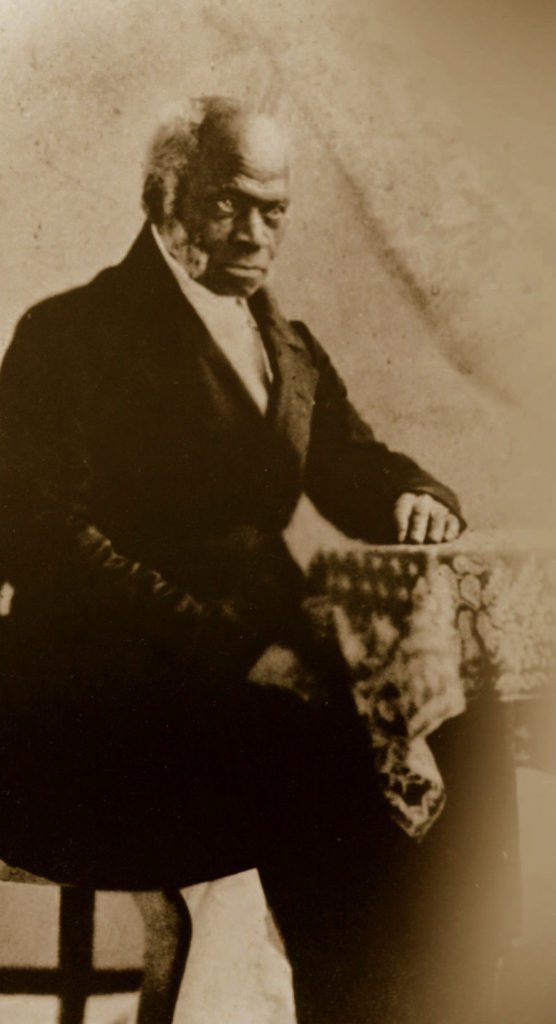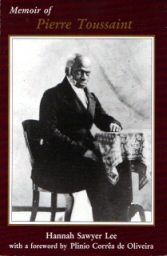
Looking at the man in this photograph, the immediate impression is that he is a person of dignity. He sits upright with a bearing that belongs to old world diplomats. His facial expression is serious, determined and yet calmly tinged with charity. His eyes simultaneously suggest conviction and gentleness, intensity and kindness. He would easily be mistaken for a man of great distinction.
Everything in him speaks of order. The soul which shines through his intense gaze has nothing of the modern insecurity found in our sad century. The virtue seen here is one that comes from the conviction of one who knows that God is his father and that He watches over him.
A Victim Soul: The Life of Mother Mariana de Jesus Torres
In studying this portrait, could one ever guess that its subject was born into slavery? Indeed, Pierre Toussaint was born a slave in Santo Domingo (present-day Haiti) in 1766. This French colony was ravaged by the horrors of the French Revolution across the Atlantic, and young Pierre found himself moved to New York with his masters escaping the proponents of “liberty, equality and fraternity.”
When his mistress fell into poverty after the death of her husband, Pierre Toussaint took up the modest occupation of hairdresser. Revealing a great talent in his new profession, he was highly regarded by New York’s upper-class ladies, not only for his ability to set their hair to its best advantage, but more so for his gift of counsel.
We are fortunate to have a quote from one such lady, Emma Cary, which characterizes our slave-saint:
“His life was so perfect, and he explained the teaching of the Church with a simplicity so intelligent and courageous that everyone honored him as a Catholic. He would explain the devotion to the Mother of God with the utmost clearness, or show the union of the natural and supernatural gifts in the priest.”
He used his earnings to provide generously for his mistress and support her in her distress. He bought the freedom of his wife and mother and was known for his charity and assistance to all those in need, regardless of social position.
At his death in 1853, thousands came to his funeral. Among them were many members of New York’s high society.
The cause for his beatification was initiated in Rome in 1989. He was declared venerable in 1996. His remains lie in Saint Patrick’s Cathedral in New York City and his example shines through the generations.

